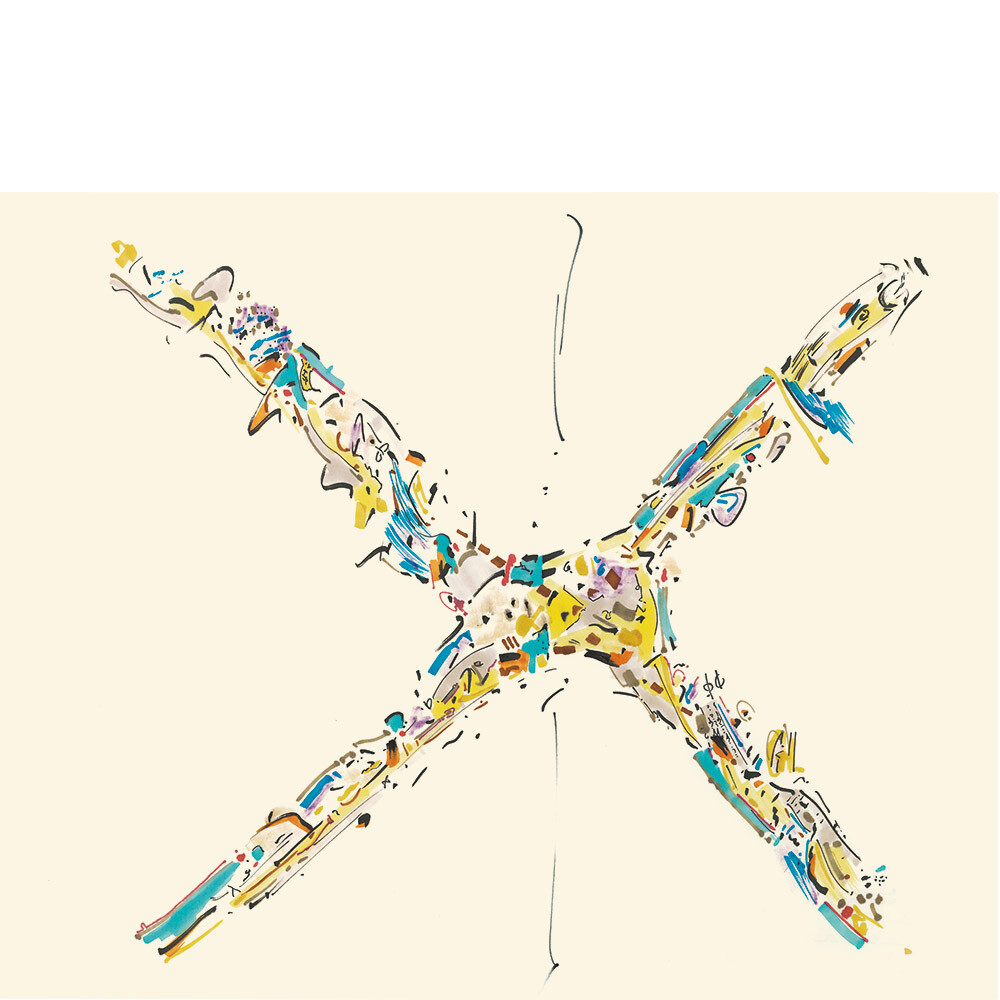Gordon Matta-Clark: Anarchitect
Texts by Antonio Sergio Bessa and Jessamyn Fiore
"Undoing is just as much a democratic right as doing." — Gordon Matta-Clark
This revealing book looks at the groundbreaking work of Gordon Matta-Clark, whose socially conscious practice blurred the boundaries between contemporary art and architecture. After completing a degree in architecture at Cornell University, Matta-Clark returned to his home city of New York. There he employed the term “anarchitecture,” combining “anarchy” and “architecture,” to describe the site-specific works he initially realized in the South Bronx.
The borough’s many abandoned buildings, the result of economic decline and middle-class flight, served as Matta-Clark’s raw material. His series Cuts dissected these structures, performing an anatomical study of the ravaged urban landscape. Moving from New York to Paris with Conical Intersect, a piece that became emblematic of artistic protest, Matta-Clark applied this same method to a pair of seventeenth-century row houses slated for demolition as a result of the Centre Pompidou’s construction. This compelling volume grounds Matta-Clark’s practice against the framework of architectural and urban history, stressing his pioneering activist-inspired approach, as well as his contribution to the nascent fields of social practice and relational aesthetics.
Publisher: The Bronx Museum of the Arts / Yale University Press
Artists: Gordon Matta-Clark
Contributors: Antonio Sergio Bessa, Jessamyn Fiore
Publication Date: 2017
Binding: Hardcover
Dimensions: 7 1/2 x 10 in | 19.1 x 25.4 cm
Pages: 184
Reproductions: 90 color
ISBN: 9780300230437
Retail: $45 | £35 | $350 HKD
Status: Not Available
Gordon Matta-Clark
Born in New York in 1943, Gordon Matta-Clark is widely considered one of the most influential artists working in the 1970s. He was a key contributor to the activity and growth of the New York art world in SoHo from the late 1960s until his untimely death in 1978. His practice introduced new and radical modes of physically exploring and subverting urban architecture, and some of his most well-known projects involved laboriously cutting holes into floors of abandoned buildings or, as with Splitting (1974), slicing a suburban villa in two.
All Gordon Matta-Clark books

